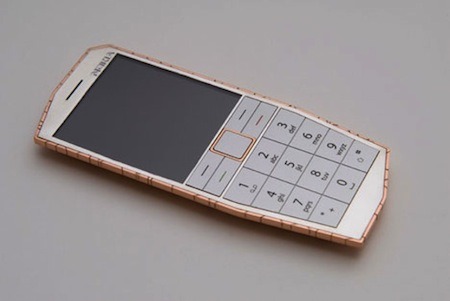I was enlightened to learn about four different types of intellectual property, both unprotected and protected types. The ones I found particularly interesting include the following plus their eample
(1)
Trademark
I was surprised to learn about the different types of visuals that could be trademarked. Many mobile device makers take care to build their brand equity around the ubiquitous presentation of their trademark stylizations. Google, for example, is distinguished by its
(2)
Copyright
Interestingly enough, Copyrights are something that we all have access to. Something interesting I learned about individualized 'copyrights' is that you can share the right to use your work through "Creative Commons" license. This is an interesting concept of claiming ownership of your work, but allowing others to use your work when properly crediting it to you. For example, if I put a Creative Commons license on a sound track that I create from scratch, I will enable download on the song and allow others to use it for mash ups and videos as long as they credit me somewhere in the process. It's an interesting concept to share your work but still retain the credit for it.
(3)
Trade Secrets!
What I'm slightly concerned about with 'trade secrets' is how long and how feasible it is to keep a 'formula' or 'recipe' secret for long. If, for example, Coca Cola believes that its recipe is truly secret, I am thinking, why not just patent it? First off, some employee somewhere is going to leak information regardless of whether they pledge their alliance to the firm or not. And secondly, in this day and age, I'm not sure that it's too difficult to reverse engineer the components through looking at its contents under microscopic lens (I have butchered scientific terminology there, so pardon my language).
Rather, if Coca Cola had chosen to patent their formula for success, they would have legal protection for it, and hence inhibit competitors from making the same formula. I think this would be great for innovation as well, since competitors would race to develop something better (maybe carbonated juice--oh wait, oops. That already exists...)
There are so many ways to coin your intellectual property. I'm interested in the cost-benefit analysis a company goes through to determine which is the best route to take.


